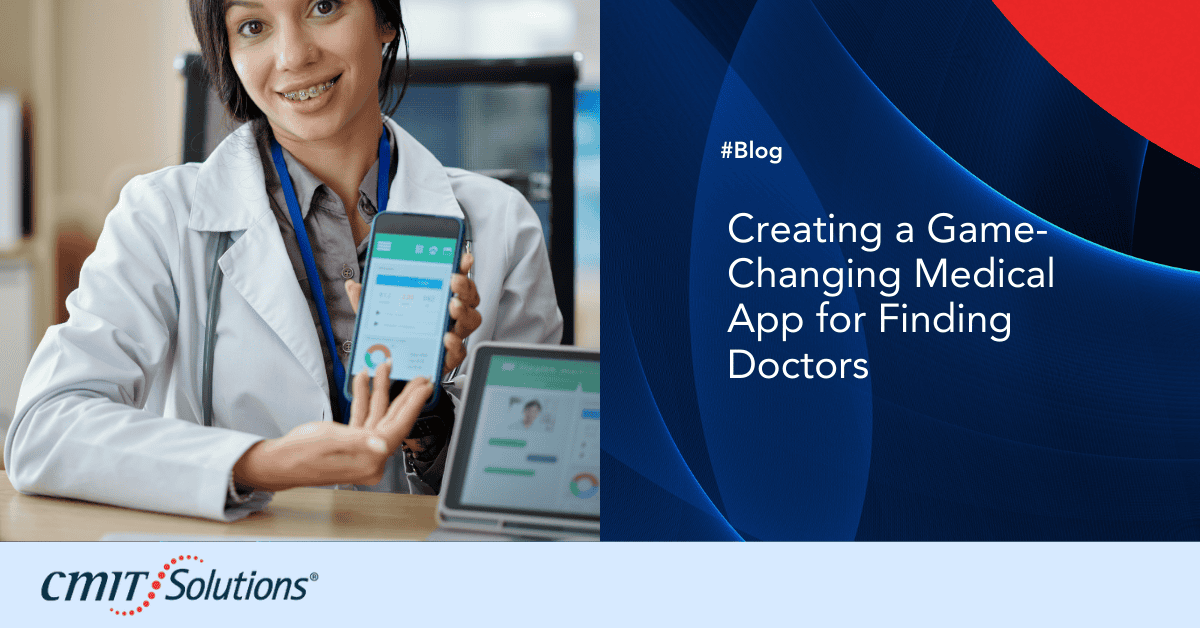The health tech industry is transforming at an incredible pace, driven by innovations that make healthcare more accessible and efficient. From telemedicine platforms to AI-based diagnostics, technology is reshaping how patients interact with healthcare providers. Among these advancements, medical apps that connect patients with doctors are emerging as indispensable tools, offering convenience and improving outcomes.
Building a successful medical app requires a blend of strategic planning, thoughtful design, and a deep understanding of user needs. This guide will explore how to create a medical app that truly stands out in today’s competitive market.
Discover how IT solutions can enhance your technology projects.
Why Medical Apps Are a Booming Opportunity
The health tech sector is thriving, with record-breaking investments in 2024 underscoring its potential. Patients are increasingly seeking digital solutions that make healthcare services faster, easier, and more personalized.
Key Trends Driving the Growth of Health Tech:
- Significant venture capital investments fueling innovation.
- Rising demand for accessible healthcare services.
- Digital transformation across hospitals and clinics.
Medical apps play a critical role in this evolution, bridging the gap between patients and providers.
Learn how scalable solutions can future-proof your business.
Considerations Before Developing Your Medical App
1. Identify Your Target Audience
Define who your app will serve—urban patients, rural communities, or specific demographics. Tailor the features and functionality to their unique needs.
2. Establish a Doctor Database
Decide how you’ll compile and manage doctor profiles:
- Doctor Self-Registration: Doctors create and manage their profiles.
- Admin Registration: An administrator verifies and registers doctors.
- Database Integration: Partner with healthcare organizations for existing records.
Explore how data management enhances functionality.
3. Verify Medical Credentials
Build user trust by implementing a robust system to verify doctors’ licenses and qualifications. Require uploads of certifications and use automated algorithms for validation.
4. Choose Your Launch Area
Starting locally allows you to focus your resources and refine the app before expanding to larger markets.
5. Decide on a Platform
Select iOS, Android, or both based on your target audience’s preferences. Consider a web app if you’re targeting users with limited smartphone access.
Discuss your technology needs with us today.
Must-Have Features for a Successful Medical App
To succeed, your app must address the needs of both patients and doctors while offering a seamless user experience.
1. Location-Based Services
Incorporate geolocation to help users find nearby doctors and navigate to their offices.
2. Advanced Search Filters
Allow users to search by specialty, availability, location, insurance, and ratings.
3. Detailed Doctor Profiles
Include key details like name, specialty, qualifications, ratings, and fees, along with optional elements like biographies and certifications.
4. Reviews and Ratings
Encourage users to leave feedback to build credibility and improve decision-making for future patients.
5. Appointment Booking
Enable users to schedule appointments with ease, whether in-person or virtual consultations.
6. Integrated Payments
Include secure payment gateways to facilitate online payments for appointments and consultations.
Learn how seamless integrations can enhance functionality.
Steps to Build Your Medical App
1. Conduct Market Research
Understand your audience’s pain points and analyze competitor offerings. Create a roadmap with prioritized features and functionalities.
2. Design an Intuitive User Interface (UI)
Focus on simplicity and usability. A clean design ensures users can navigate the app effortlessly.
3. Develop Secure and Compliant Systems
Ensure your app complies with healthcare regulations such as HIPAA for managing sensitive medical data.
4. Test Rigorously
Conduct thorough testing to eliminate bugs, enhance usability, and ensure robust security measures.
5. Launch Strategically
Start with a soft launch to gather user feedback and refine your app before a full-scale release.
6. Monitor and Improve
Use analytics and user feedback to continually enhance the app’s features and performance.
Learn how proactive IT strategies ensure project success.
Case Study: Designing a Doctor Appointment App
Challenge:
Develop a patient-friendly app for seamless doctor appointment bookings.
Solution:
The app included:
- A database of over 90,000 doctors across specialties.
- Appointment scheduling, patient reviews, and health record storage.
- Integrated payment gateways and SMS reminders.
Outcome:
The app improved patient satisfaction and reduced no-show rates, making healthcare more accessible and efficient.
Explore tailored IT solutions for your healthcare project.
Conclusion: Building Trust Through Innovation
Creating a successful medical app requires more than technical expertise—it demands a commitment to enhancing lives. By focusing on user trust, secure data handling, and thoughtful design, your app can become an essential tool for patients and doctors alike.
The health tech industry is poised for exponential growth, and now is the perfect time to seize the opportunity. Whether you’re simplifying appointment scheduling or improving healthcare accessibility, your app can play a transformative role in the healthcare ecosystem.
Ready to create a game-changing medical app? Contact us today to bring your vision to life.




